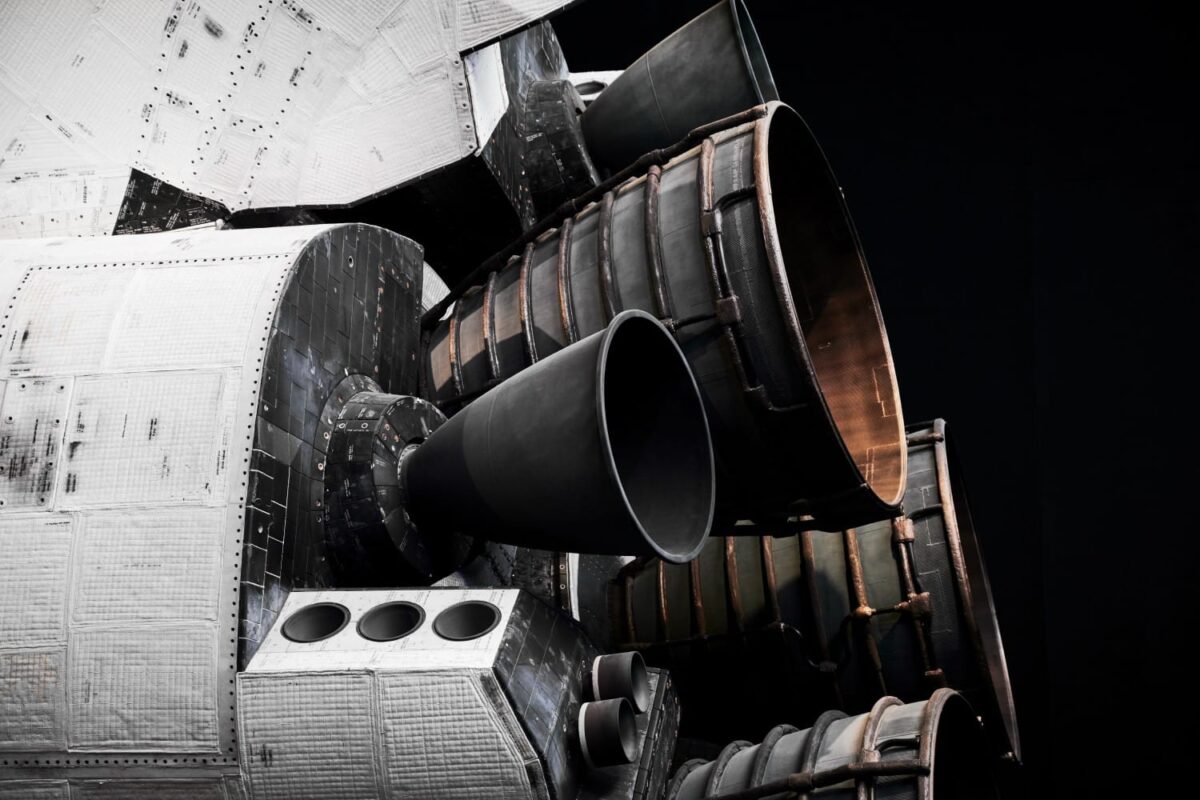Gallery Room
Informality is excited to announce Returning to the Moon, an exhibition comprising a collection of original NASA apollo mission artefacts exhibited alongside a selection of works by contemporary artists reflecting on events and themes of the cosmos. The exhibition will open to mark the 50th Anniversary of the rescue of Apollo 13, hailed as ‘NASA’s finest hour, the exhibition is co-curated by collector, Dr Michael Warner who speaks during the event and hosts the collection of artefacts.
Enlarge
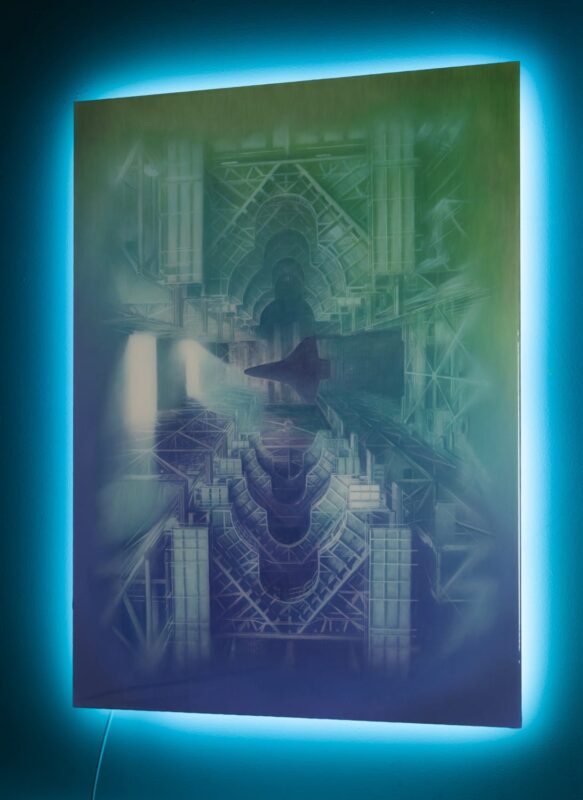
Have NASA learned from the Apollo 9 and 13 missions?
On April 13th 1970, at 55 hours, 54 mins and 53 seconds ground elapsed time (GET), and 60,000 km from the moon, Oxygen Tank no. 2 on Apollo 13 command and service model exploded. The event caused a catastrophic depletion of power supply in the spacecraft, necessitating a frantic shut down of all systems in the command module ‘Odyssey’, and rapid retreat of the three-man crew to the relative safety of the docked lunar module ‘Aquarius’. With this initial emergency shut down complete, and the realisation that the mission to land on the moon was now aborted, attention at Mission Control turned to the question of how on earth they were to get astronauts home, alive.
In the next 5 years, man is poised to return to the Moon as a stepping stone to conquering the journey to Mars. Have NASA, Boeing, SpaceX and Blue Origin learned from Apollo 13 and designed sufficient contingency procedures and system redundancies to cope with the very real and life-threatening risks that going back to the moon will undoubtedly involve?
Enlarge
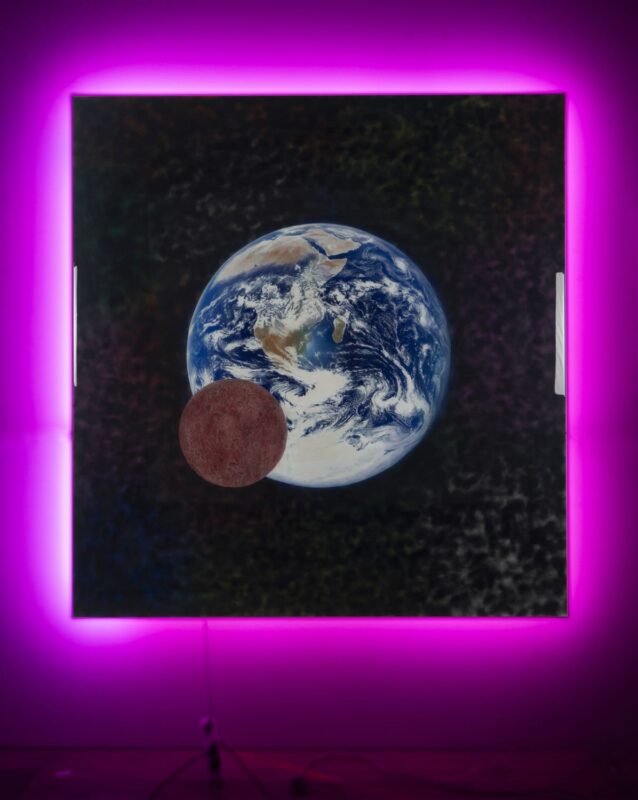
Among the artefacts exhibited will be the complete and original Apollo 13 Lunar Module Contingency Checklist, owned by Mission Control ‘Capsule Communicator’ Charlie Duke, containing annotated emergency procedures developed by Mission Control and read-up by Duke to Fred Haise and Jim Lovell to execute burns of the lunar module descent engine.
As we reconvene our need to expand as a human race to explore the hidden illusions of our cosmos, during the Apollo program from 1963 to 1972 modern artists and those such as Alexander Calder, Andy Warhol and Robert Rauschenburg developed work to communicate ideas depicting representations of our celestial unknown. Contemporary artists today are making relevant enquiries that reflect on the possibilities of further exploring the cosmos. Exhibiting is British artist, Giles Alexander whose practice is centred around a powerful discourse of belonging and our desire of exploring the realms of physics, astronomy, faith and spirituality and the history of space. The painting Binary Crib Theory 2019 on aluminum, illuminated by LED’s depicts the African continent a country now widely accepted as the birthplace of humankind, responding to the ‘Out of Africa theory’, of human evolution and migration. The work is an expression to the achievements during human civilisation. Electric Chiaroscuro 1 2019 and Eccentric Action Painting 12 2019, also in the exhibition show two further notions of our exploration and feats of reaching beyond our planet. During a recent visit to Miami, the artist visited Cape Canaveral and the Kennedy Space Centre, Electric Chiaroscuro 1 2019, is a painting showing the historic launchpad 39 that shot 3 humans to the lunar surface 51 years ago, the work also references a true cathedral to science. VAB or Vehicle Assembly Building is 3.5 million cubic meters large and is where NASA constructed the Saturn V rockets. Also exhibiting is Alexander’s Eccentric Action Painting 12 2019, a gravity-centric rotating painting of Earth on a mirror, grasping qualitative notions about orientation, up-down, left-right to what would be familiar to us on Earth are redundant when escaping beyond our blue planet.
Enlarge
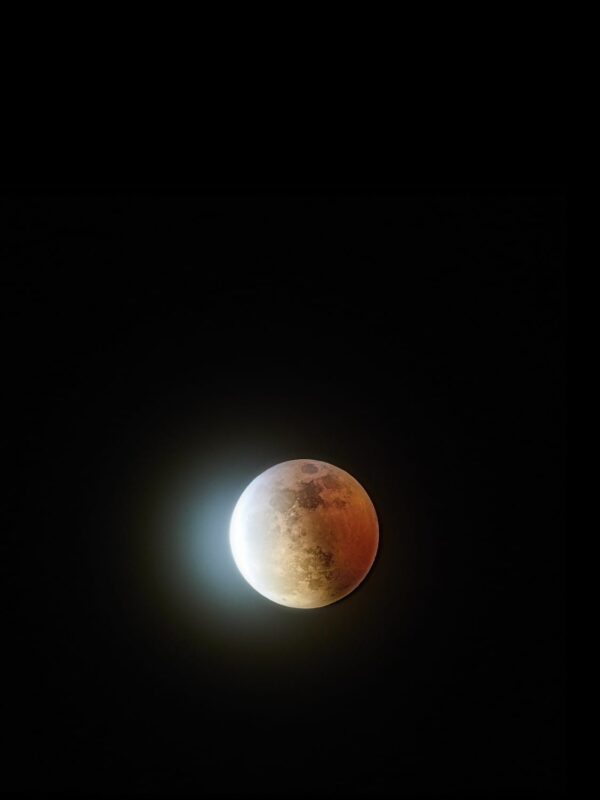
American photographer, Brooke Holm exhibits recent work after travelling to NASA’s Kennedy Space Centre. Photographing the Moon in its different phases. Showing a set of lunar eclipses and the Moon in Motion, the images portray the subject in varying shapes and forms exploring how its appearance is ever-changing.
Returning to the Moon
Co-curated by Dr Michael Warner
2nd April - 23rd April 2020
Location: 11 Market Place, Henley on Thames, Oxfordshire, RG9 2AA, England
Opening: Thursday 2nd April: 6-8pm
Enlarge
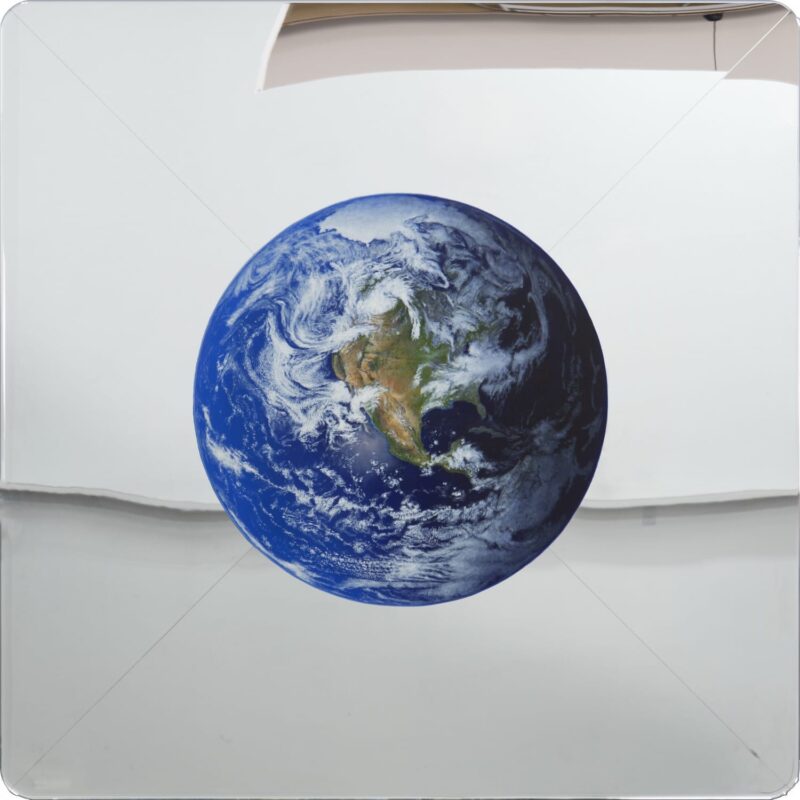
About Dr Michael Warner
Dr Warner, Henley on Thames, Oxfordshire, England, Is an avid private collector of historic Apollo and Soviet-era manned space mission artefacts. The collection comprises of personal logs, checklists, flight manuals, prototypes, articles used in training, and flight hardware salvaged from jettisoned lunar modules.
Dr Warner has been an enthusiast of human space flight ever since he was six when he watched ‘live’ the Apollo 11 moon landing. Over the last ten years, he has provided exhibitions and given talks on the artefacts held in his collection to local communities, schools, universities, professional institutes and space-technology companies, including, the British Interplanetary Society, British Geological Society, University College London, Oxford Satellite Systems. On the 50th anniversary of the first moon landing on 20th July 2019, Dr Warner held an outdoor event in Henley on Thames.
Enlarge
